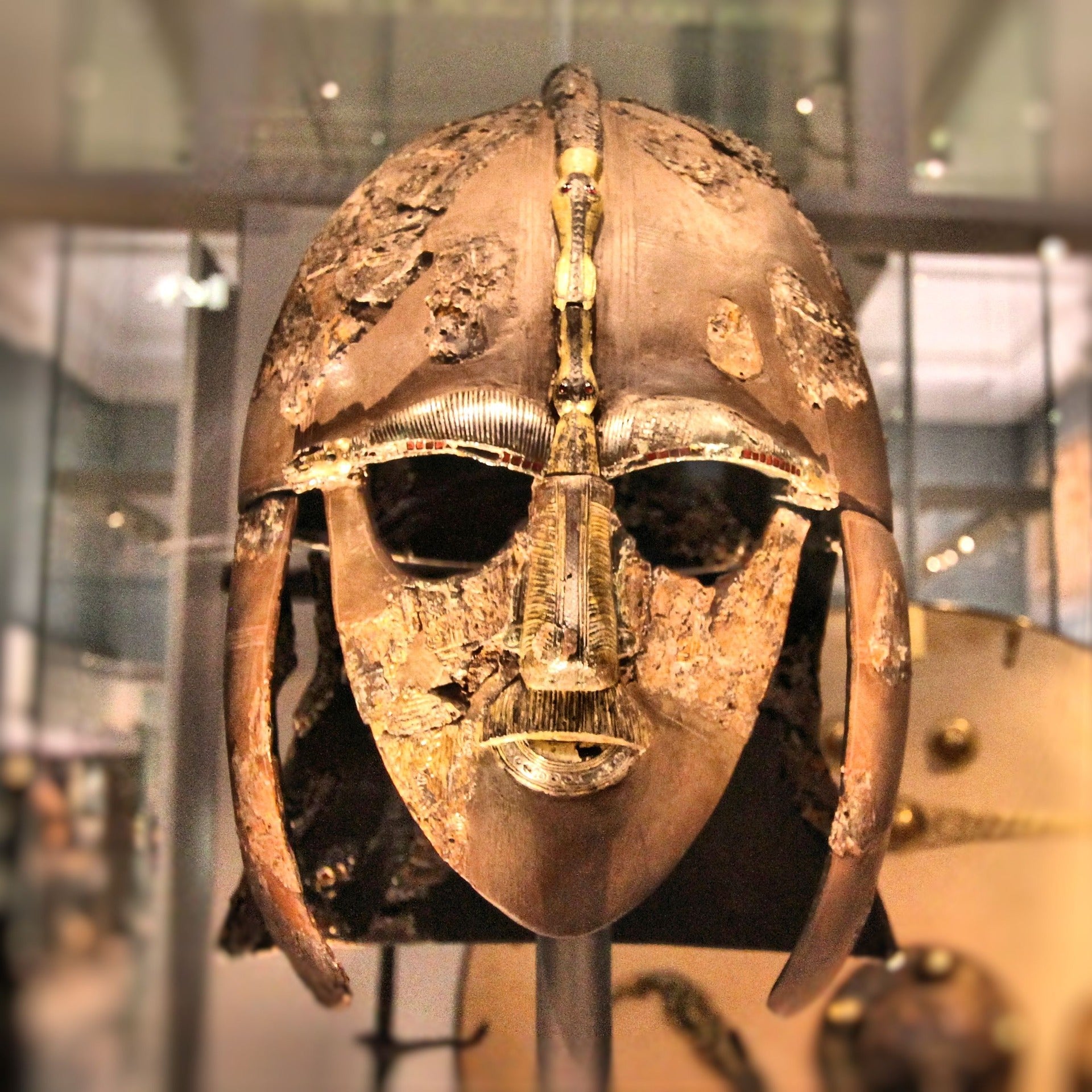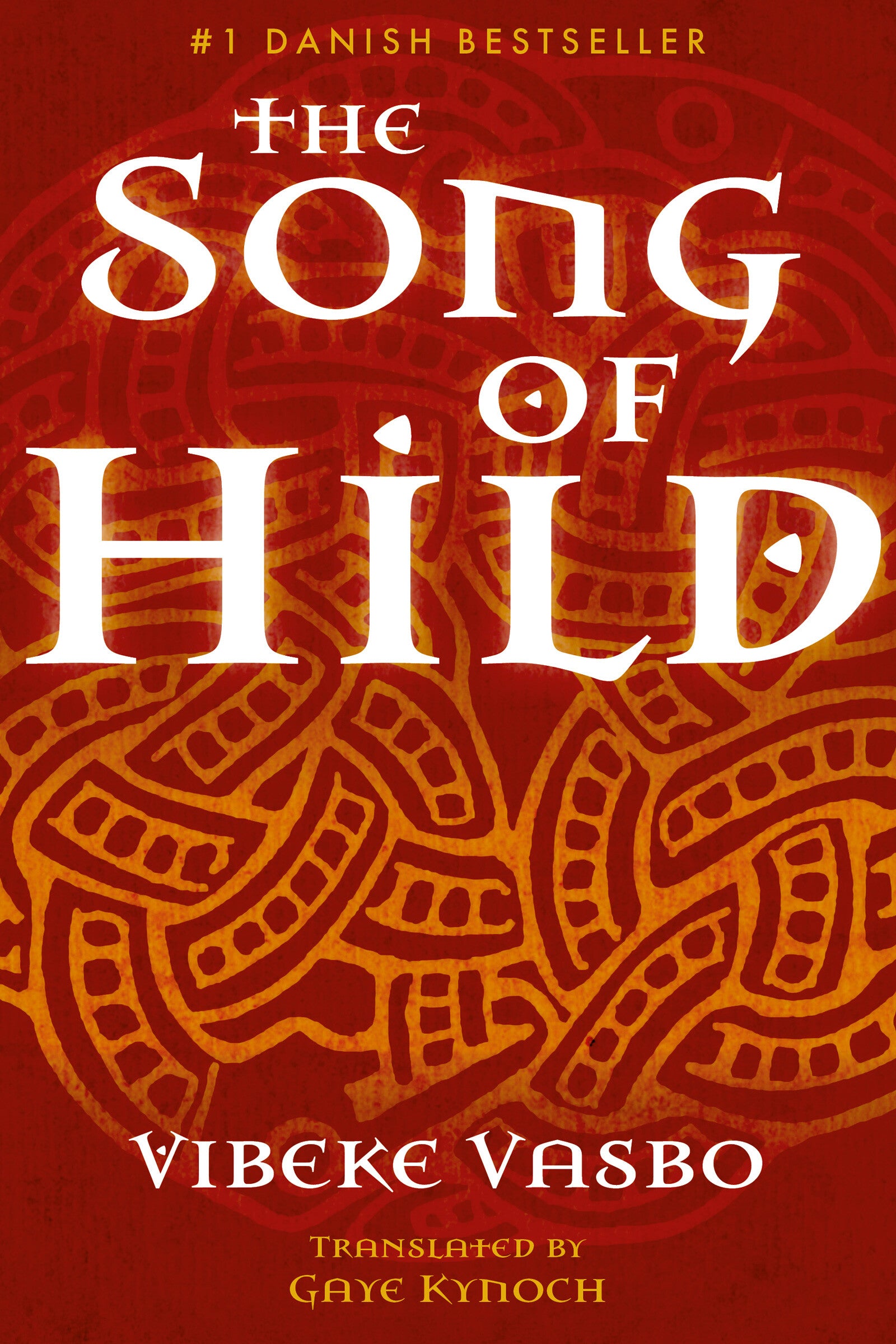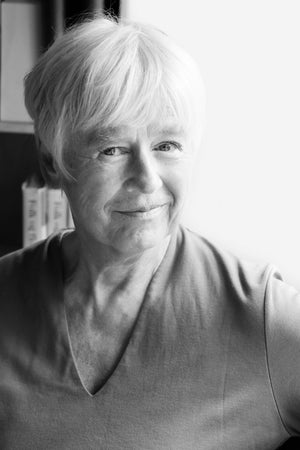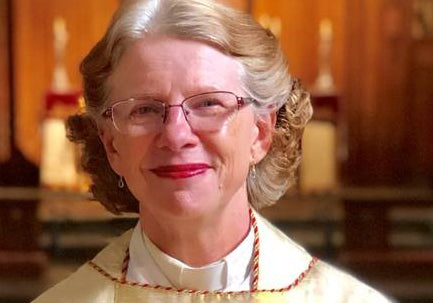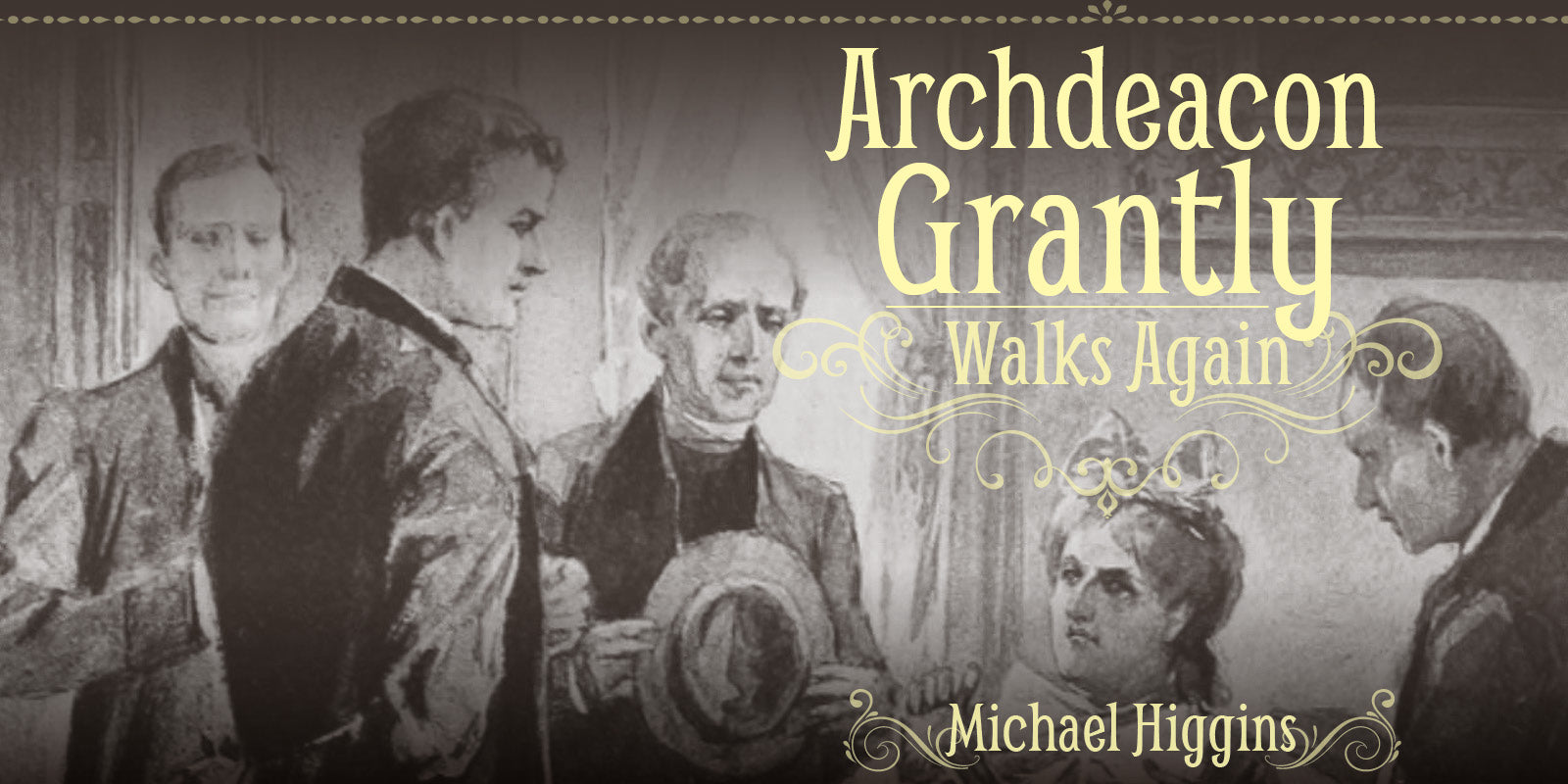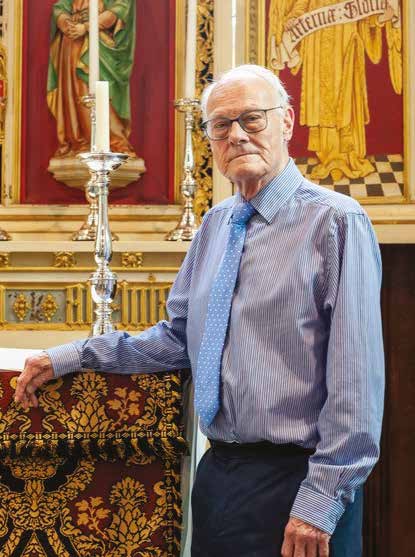
Such a resplendent burial, no expense spared—in a period hitherto known as the “Dark Ages”—must surely have been in honour of a mighty prince, or on the orders of a mighty prince. And that prince must have been exceptionally wealthy—and magnanimous. So grand and so strange; I just had to include Sutton Hoo in my novel The Song of Hild. I “bury” King Ecgric and the monk-king Sigebert, but how did my reimagining of Sutton Hoo arrive at this conclusion?
The burial site has been dated to between AD 625 and 655, a period with a few princely possibilities: King Rædwald, who died in 625; his murdered son Eorpwald; two of his other sons, King Ecgric and the monk-king Sigebert, both of whom fell in battle against King Penda; Ecgric’s successor, King Anna.
Grave goods suggest a pagan; Christians do not need to take anything along. But there are holy crosses in the Sutton Hoo mound, and writing tools, which at the time would more likely have come from a monastery than a royal settlement. And coins, minted in Gaul, as many as there are oarsmen, and one particularly large coin—for the helmsman? And two gold ingots. Perhaps this ship had carried two people over to the other side?
 All the evidence I found in Hild’s world suggested that this could be the resting place of King Ecgric of East Anglia and his monk-king brother Sigebert. The latter had spent quite a few years in exile in Gaul before he returned home to East Anglia, became king and an advocate of Christianity, abdicated and entered a monastery. Perhaps two bodies had been interred in the mound—not an impossibility, as organic materials had dissolved in the acidic soil over the many years between burial and dig. Although Ecgric was king when Penda of Mercia attacked the East Angles, the people had more faith in Sigebert’s war strategies. Sigebert, however, had renounced the use of weapons—he had to be dragged from the monastery, mounted on a horse and given a sword, which he promptly dropped from his hand. So they gave him a stick, and he held onto it saying that this rod was half of his holy cross, and he would soon be getting the other half. They chivvied his horse forwards; he rode into the field, his standard fluttering in the vanguard, and now the king’s men dared follow him into battle. Sigebert made no attempt to defend himself; he was one of the first to fall. King Ecgric was also slain on the battlefield. The army fled, and King Penda was the victor.
All the evidence I found in Hild’s world suggested that this could be the resting place of King Ecgric of East Anglia and his monk-king brother Sigebert. The latter had spent quite a few years in exile in Gaul before he returned home to East Anglia, became king and an advocate of Christianity, abdicated and entered a monastery. Perhaps two bodies had been interred in the mound—not an impossibility, as organic materials had dissolved in the acidic soil over the many years between burial and dig. Although Ecgric was king when Penda of Mercia attacked the East Angles, the people had more faith in Sigebert’s war strategies. Sigebert, however, had renounced the use of weapons—he had to be dragged from the monastery, mounted on a horse and given a sword, which he promptly dropped from his hand. So they gave him a stick, and he held onto it saying that this rod was half of his holy cross, and he would soon be getting the other half. They chivvied his horse forwards; he rode into the field, his standard fluttering in the vanguard, and now the king’s men dared follow him into battle. Sigebert made no attempt to defend himself; he was one of the first to fall. King Ecgric was also slain on the battlefield. The army fled, and King Penda was the victor.
This is the story as told by the Venerable Bede, after which he has no more to say about Sigebert. No canonization as a saint, no miracles at the grave—and where is that grave? When writing about Christians, Bede is more than happy to say where they were buried—even infants, if they had been baptised.
“Something doesn’t add up here”, I thought to myself, as always when I sensed that Bede wasn’t telling us everything he knew! Sigebert suffers martyrdom: he would rather risk death than go back on his monastic vows. And he is slain by a pagan. But why do we not hear about miracles at the grave—spontaneous healing, inexplicable lights or the beautiful scent of flowers? Perhaps because Sigebert was given the wrong kind of burial: a pagan entombment. Perhaps because his soul was weighed down by gold and goods, animal hides and wall hangings, bowls, cooking vessels, furniture, garments, spears and swords, garnet-studded gold, gaming pieces, costly imports from the Middle East and Constantinople.
This array of splendour might have been King Penda’s way of showing respect for his opponents, and particularly for a man of God he absolutely didn’t understand and therefore found utterly fascinating. There should be no limit to the grandeur, and the grave should be visible from afar—visible forever, like a standing stone in memory of the two fallen kings, and also a monument to the victorious king who had raised the mound.
Perhaps, however, the Christians had seen the burial mound as a mark of infamy—the souls of their kings dragged down into the mud by all that paraphernalia, while the gates of Paradise would be closed to them forever! No one would visit the mound. No one would be able to tell of all the marvels therein. “Forget it, forget it, let the grass grow back and cover it”, they whispered; “let the mound fade into the field”.
Archaeologists and historians have been piecing together the jigsaw ever since the momentous discovery in 1939. No one knows for sure who was laid to rest in the ship burial. But in the world I created for Hild, it seemed quite obvious that Ecgric and Sigebert deserved a final journey accompanied by such treasures and such a public farewell. Oh to have been a fly on the wall. And what would those gathered around that magnificent spectacle 1,400 years ago think of us—and of all our speculations about what and who was found in The Dig?
Start reading The Song of Hild – FREE!
Translated from the #1 Danish Bestseller, The Song of Hild is a gritty, powerful story about the prominent role women played in the spread of Christianity in seventh-century Britain. We are drawn into a world of dark dealings, powerful patriarchy and religious wrangling…
Danish author Vibeke Vasbo lived in Hull for four years while married to the Danish seamen’s chaplain. She is the author of highly acclaimed, prize-winning novels, poetry, essays, short stories, literary criticism, radio essays, and lectures. She has also appeared numerous times on Danish television and radio, and she has frequently been interviewed in the print media – not only about her writing, but also about various aspects of her life and political activism: working as a crane driver in Oslo, for example, and her pioneering work in the Women’s Movements. She has been active in the Danish Writers’ Association.
